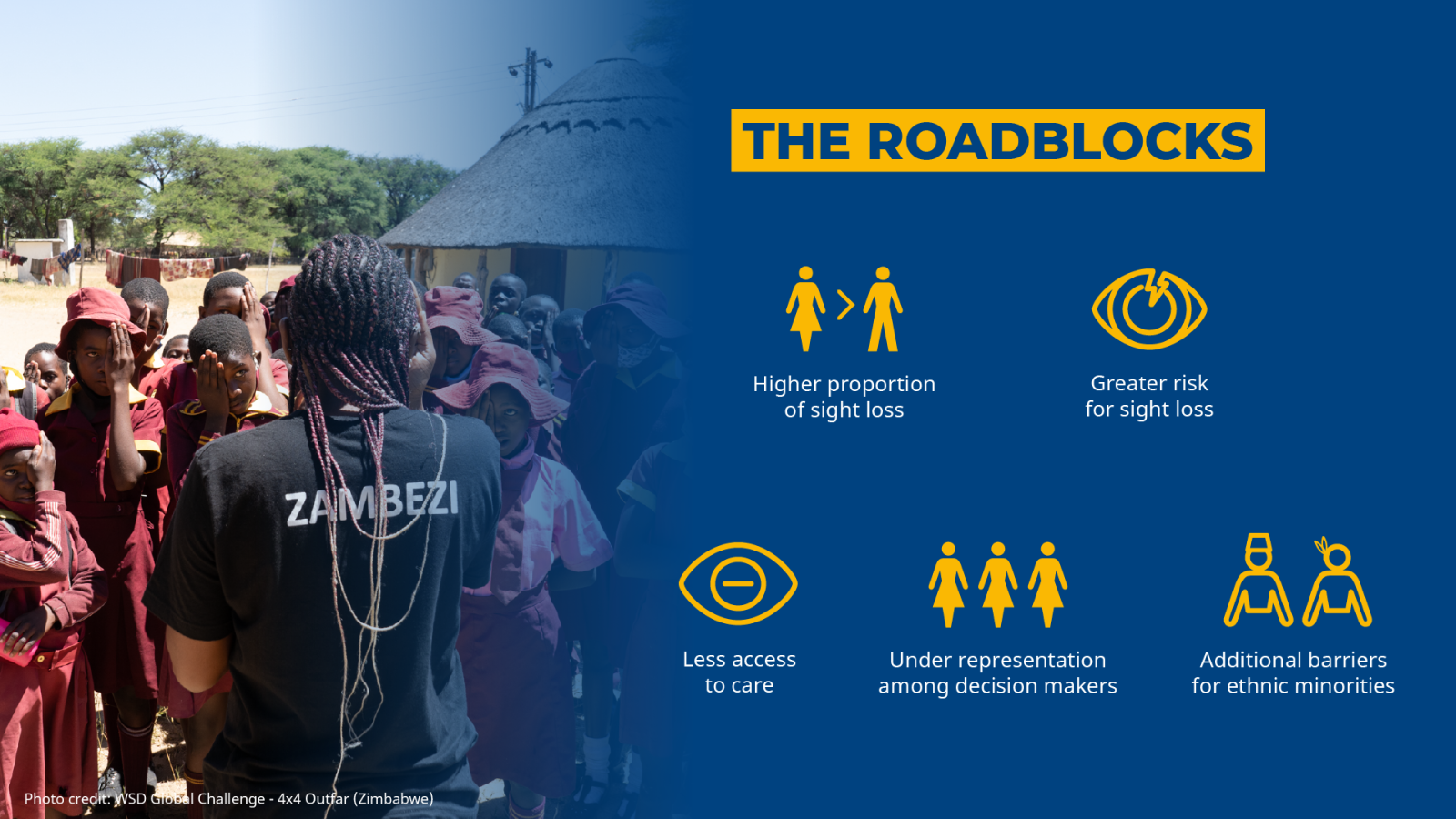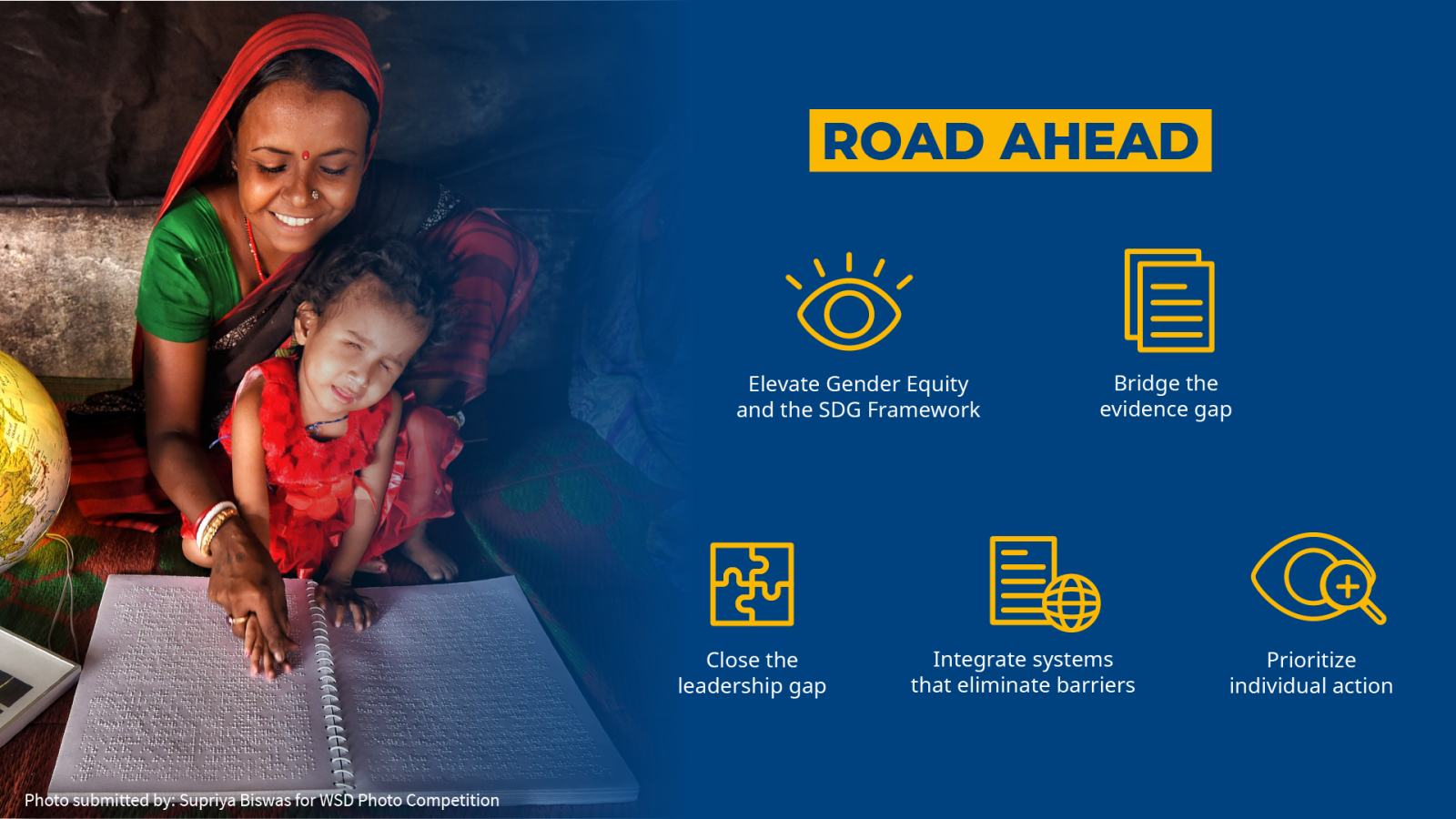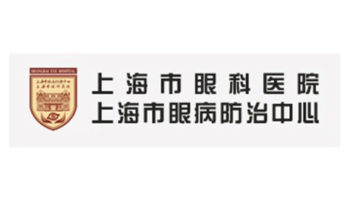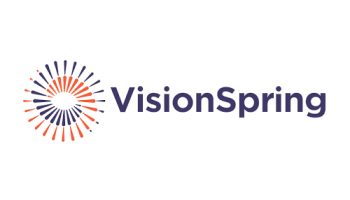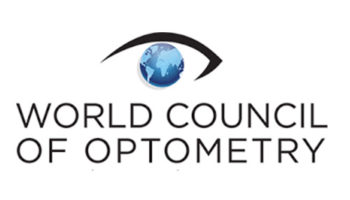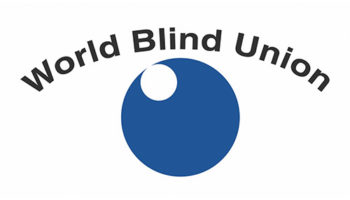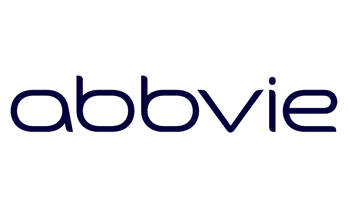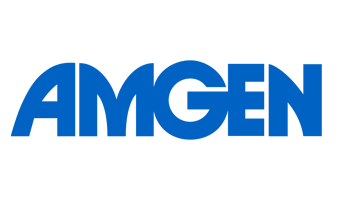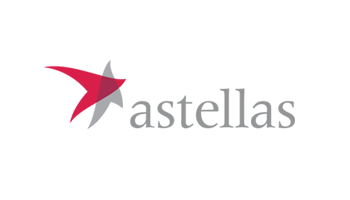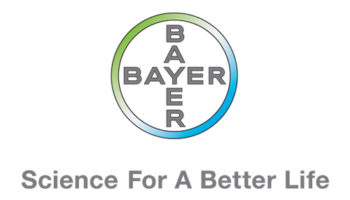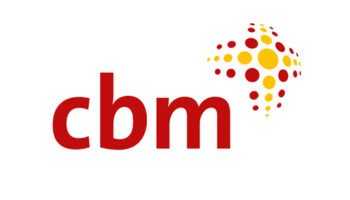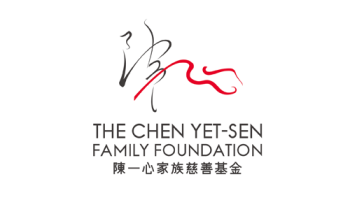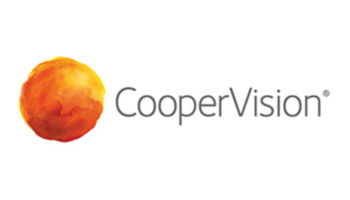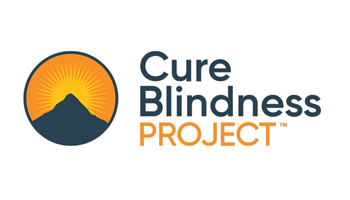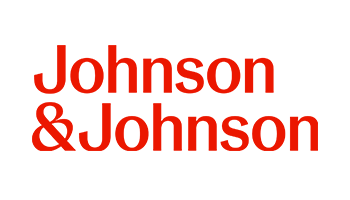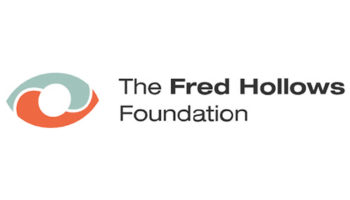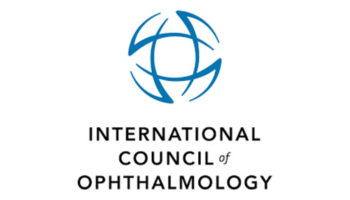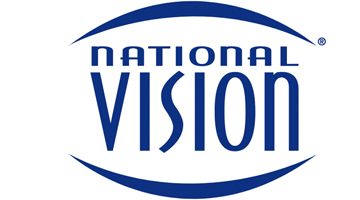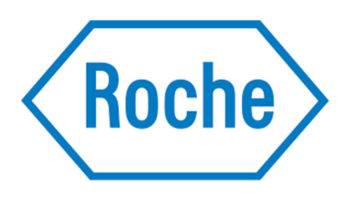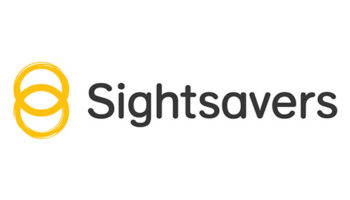- Bourne R, Steinmetz JD, Flaxman S, Briant PS, Taylor HR, Resnikoff S, et al. Trends in prevalence of blindness and distance and near vision impairment over 30 years: an analysis for the Global Burden of Disease Study. The Lancet Global Health. 2021 Feb 1;9(2):e130–43. Accessed via the IAPB Vision Atlas (https://IAPB.org/learn/vision-atlas)
- Prasad M, Malhotra S, Kalaivani M, Vashist P, Gupta SK. Gender differences in blindness, cataract blindness and cataract surgical coverage in India: a systematic review and meta-analysis. Br J Ophthalmol. 2020 Feb;104(2):220–4.
- Report of the 2030 targets on effective coverage of eye care. Geneva: World Health Organization; 2022. Licence: CC BY-NC-SA 3.0 IGO.
- Delivered by women, led by men: a gender and equity analysis of the global health and social workforce. WHO Human Resources for Health Observer Series No. 24. Geneva: World Health Organization; 2019.
- Yashadhana A, Zhang JH, Yasmin S, Morjaria P, Holland P, Faal H, et al. Action needed to improve equity and diversity in global eye health leadership. Eye. 2020 Jun 1;34(6):1051–4. Accessed via the IAPB Vision Atlas (https://IAPB.org/learn/vision-atlas)
- Closing the leadership gap: gender equity and leadership in the global health and care workforce. Policy action paper, June 2021. Licence: CC BY-NC-SA 3.0 IGO.
Join a powerful, unprecedented alliance for better eye health for all.
Join IAPB


